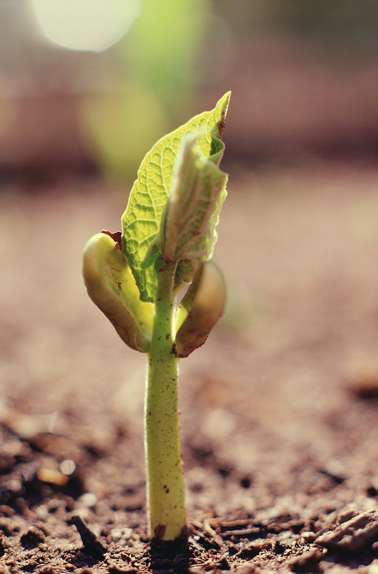Just for Fun
The Very Big Picture: Life from an Electron's Point of View
 We are absolutely unable to raise electrons to orbitals of higher energy. Only plants do this, as part of photosynthesis. When a photon of light from the sun strikes chlorophyll the energy of the photon is given to an electron which then jumps to an orbital of very high energy. The plant can use electron transport and oxidative phosphorylation to extract that energy for its own purposes OR it can insert these high-energy electrons into molecules of glucose that it synthesizes. Some plants store those glucoses as starch or cellulose.
We are absolutely unable to raise electrons to orbitals of higher energy. Only plants do this, as part of photosynthesis. When a photon of light from the sun strikes chlorophyll the energy of the photon is given to an electron which then jumps to an orbital of very high energy. The plant can use electron transport and oxidative phosphorylation to extract that energy for its own purposes OR it can insert these high-energy electrons into molecules of glucose that it synthesizes. Some plants store those glucoses as starch or cellulose.
If we eat such a plant, we can do nothing with the cellulose but we can break down the starch into glucose and process the electrons as described above and they end up in water. Animals can also eat the plants (cows can even digest cellulose) and can metabolize the glucose into fatty acids, still with high energy electrons. When we eat starch or sugars, we use the glycolytic pathway, pyruvate dehydrogenase, and the TCA cycle to obtain the electrons.
When we eat meat we can digest the fat by β -oxidation and obtain the electrons that way. Either way, the electrons travel through the electron transport pathway. When we are all done with the electrons, they are given to oxygen which decomposes into water which we exhale or excrete. Plants can then take up the water and use it as a source of electrons to donate to chlorophyll to replace the electrons the plants used for synthesis of glucose.
Thus, an electron could start out on a water molecule, be transferred to chlorophyll, get a huge load of energy from the sun, become part of glucose or fat which can then be digested by us, the electron losing its energy and ultimately becoming part of a water molecule once more.


